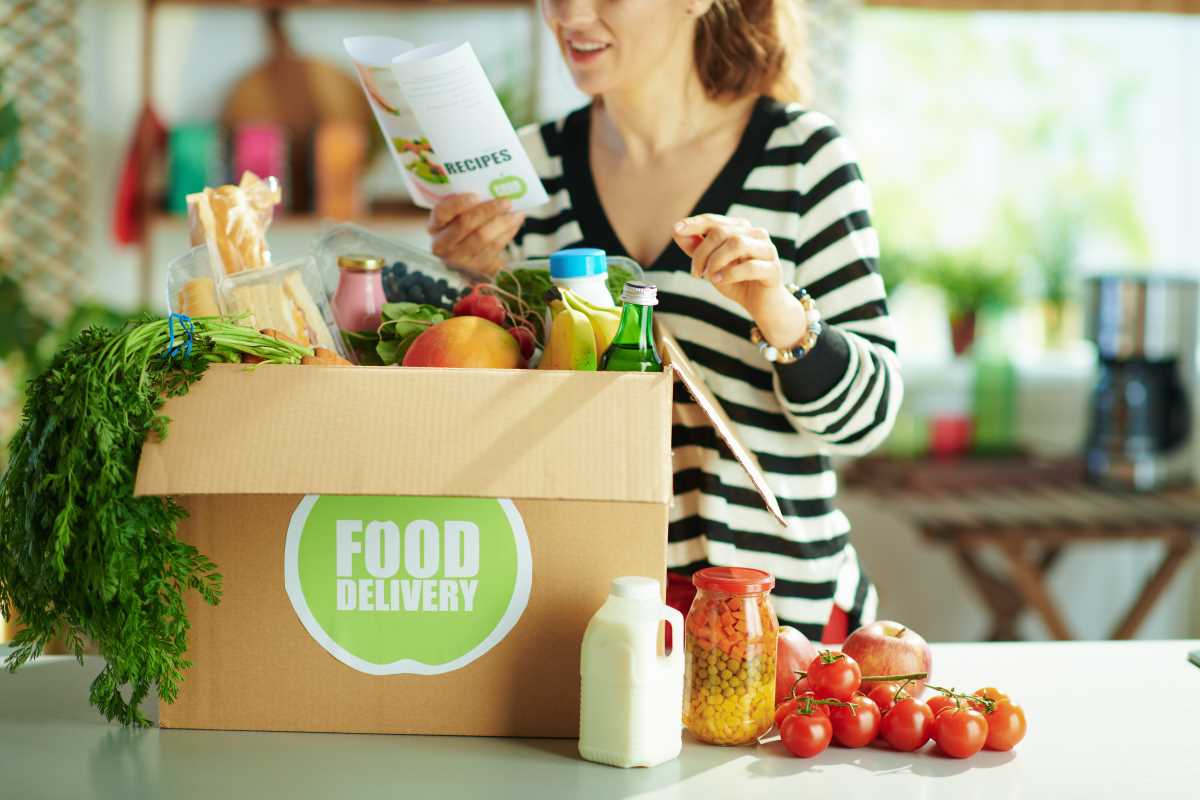Creating relationships with nearby restaurants and shops gives you valuable opportunities to sell your products and showcase your efforts within your own community. Working directly with local business owners allows you to introduce your goods to new customers who appreciate fresh, quality items. These partnerships often lead to increased sales, stronger community ties, and a greater sense of collaboration. By joining forces with local establishments, you help build a network where everyone benefits—your business grows, and your partners gain access to unique offerings that set them apart from competitors.
This guide lays out practical steps to form productive local distribution partnerships. You will find clear examples and detailed advice that you can apply right away. The tips here are directed toward those who work the land and have plenty of space for production. Using these insights can lead to lasting business relationships in your area.
The Power of Local Partnerships for Producers
Creating links with nearby restaurants and local shops brings a host of benefits. When you have a large area for production, establishing these channels can help you tap into local demand more effectively. Small kitchen operations and retail spaces appreciate fresh supplies, and timely deliveries create win-win scenarios.
Here are some key benefits to consider:
- Increase your market reach without the need for additional advertising costs.
- Achieve more reliable cash flow with regular orders from established businesses.
- Showcase your unique produce or crafts directly to consumers.
- Strengthen your ties to the local community, which can improve your reputation over time.
- Test new products quickly and receive immediate feedback.
Finding the Right Restaurants and Shops
Locating suitable partners is a critical step in building your network. It begins with research and visiting potential partners in person. Reach out to establishments that match your product offerings and share a mutual interest in high-quality supplies.
Follow these steps to identify promising partners:
- Make a list of all local dining spots and retail stores in your area. Use local directories and community boards to find names and contact information.
- Visit each location in person when possible. Seeing how they operate will give you a chance to assess their need for your goods.
- Talk with managers and owners to understand their needs and challenges. Ask questions about their current suppliers and what improvements they want.
- Gather the feedback you receive and create a shortlist of the most promising candidates.
- Plan your next outreach steps, customizing your message to match each business’s specific needs.
Getting Your Products Ready for Local Markets
When you’re prepared to offer your products, make sure they meet market expectations. Good presentation, quality packaging, and clear labels can make a big difference. For those with large spaces, use available resources to maintain high standards.
Focus on consistent quality and safety. Spend time on quality control and proper storage methods. Your goal is to stand out as a reliable source, where every delivery meets or exceeds expectations. Consider seasonal packaging that protects delicate items during transport and keeps them fresh until they are used.
Reaching Out to Potential Partners
Initiating contact is the next step. Start by scheduling a visit or a call to introduce yourself and share your vision. Personal interaction plays a vital role in building trust. Explain how your products can help solve some of their current supply issues.
Prepare a short pitch that emphasizes how your high-quality offerings can improve their dining or shopping experience. Be concise, friendly, and professional. Highlight any unique selling points such as organic growing techniques, distinctive flavors, or traditional methods that set your production apart. This helps make your offer more appealing to businesses always looking for fresh ideas and quality improvements.
Building Long-Lasting Relationships
Creating a strong foundation with local partners requires consistent effort and honest communication. After securing a meeting, continue to follow up and seek feedback on every delivery. Listen to their concerns and respond quickly to any requests for adjustments. This demonstrates your dedication to quality and customer service.
Set up regular check-ins to discuss upcoming seasonal products or to test small batches of new items. Keep communication open so that you can make adjustments in real time. Showing reliability and a willingness to adapt will turn one-time orders into ongoing business relationships.
Handling Common Challenges
Challenges can occur as you launch or expand your network. Being ready with solutions can set you apart from competitors. Flexibility and quick responses are essential in turning setbacks into opportunities for growth.
- Supply Variability – Make sure your production plan accounts for seasonal changes and unexpected shortages.
- Changing Demands – Keep track of your partners’ feedback and adjust your offerings as needed.
- Logistical Issues – Plan efficient transportation routes and maintain your vehicles properly to ensure timely deliveries.
- Pricing Pressures – Stay aware of market trends to set prices that reflect both quality and fair value.
By anticipating these issues, you create smoother interactions that build confidence with your partners. Quick fixes and proactive planning help strengthen trust in your supply chain.
Fostering a Collaborative Environment
Partnerships work best when both sides contribute. You should aim not only to meet your customers’ needs but also to promote the sharing of ideas. Organize joint promotions, tasting events, or community gatherings that benefit both parties. This collaborative approach keeps communication open and ideas flowing.
Organize small local events to promote the foods or products you supply, inviting local business owners to participate. This builds a community-focused brand image and sets the stage for stronger, longer-lasting relationships. During these events, both you and your partners can share success stories and improve practices suited to your local market.
Growing Your Network
After establishing your main connections, look for ways to expand. Consider cross-promotional deals with businesses already in your network. You can also participate in seasonal pop-up markets or local trade shows where fresh supplies meet consumer demand. Gathering feedback from your customers can help you better understand overall market trends.
These practical tips set the stage for building strong and effective distribution partnerships. Clear communication and high expectations turn every deal into a lasting relationship. Confidence in your product and your ability to meet market needs lay a solid foundation for ongoing growth.
Building strong ties with local restaurants and shops creates more opportunities for successful deals. Act now to achieve positive results in future transactions.







